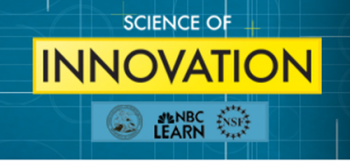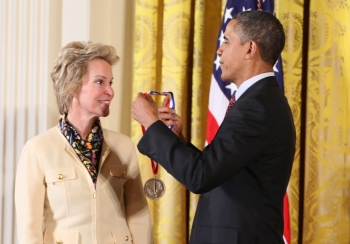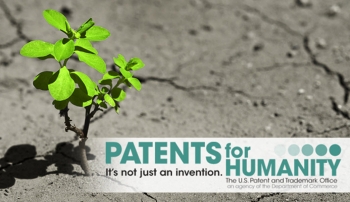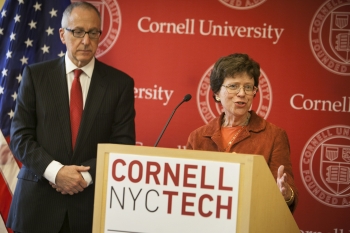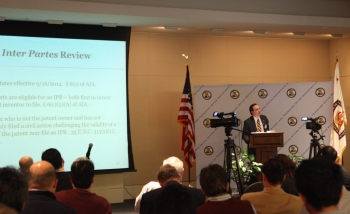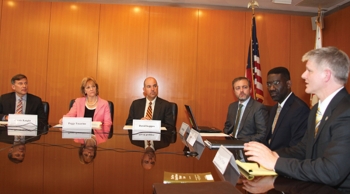Commerce’s USPTO Joins NSF and NBC Network in Launching Educational Series on Innovation
The U.S. Commerce Department’s United States Patent and Trademark Office (USPTO) joined the National Science Foundation (NSF) and NBC Learn today in launching an 11-part “Science of Innovation” series to coincide with the 165th birthday of American inventor Thomas Edison. The program represents the latest intellectual property (IP) education efforts by the USPTO and serves as a public-private partnership leveraging the best strengths of federal agencies, industry, and educators to demonstrate the connection between IP and the science, technology, engineering and mathematics (STEM) fields.
Narrated by NBC News’ Ann Curry, the series features innovators from across the country, including scientists and engineers working on projects in industries as diverse as healthcare, energy, transportation, agriculture, and more. “Science of Innovation” looks beyond the popular concept of innovation as the result of a single event or brilliant idea. Instead, it examines the processes and steps that anyone from a garage tinkerer to a federally-funded scientist can take to discover new solutions to pressing problems or to add value in new ways to existing products, services or technologies.
“The USPTO has promoted the progress of science and invention since 1790,” said Teresa Stanek Rea, Acting Under Secretary of Commerce for Intellectual Property and Acting Director of the U.S. Patent and Trademark Office. “Education is the key to encouraging today’s children to become tomorrow’s innovators. These videos and lesson plans are great tools for teachers everywhere to help students learn about intellectual property, while inspiring them to connect the process of innovation with science, technology, engineering, and mathematics education.”
Segments feature innovators working on cutting-edge innovations, including bionic limbs, biofuels, anti-counterfeiting devices, and 3-D printing. A full list of videos can be found online at http://www.nbclearn.com/innovation/


